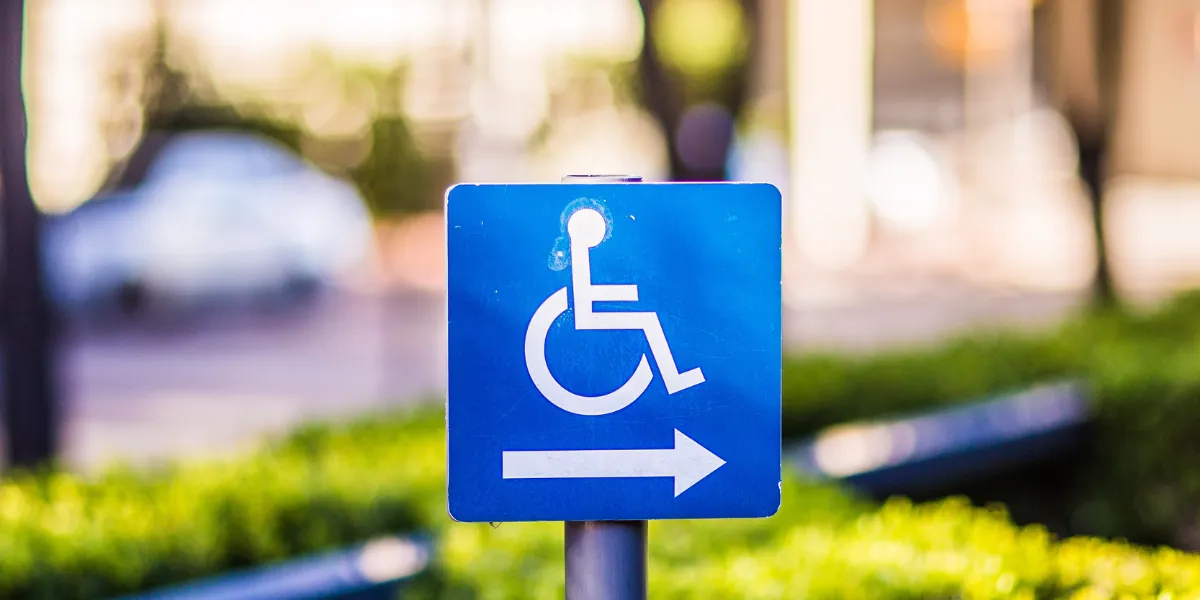
Creating Accessibility-Friendly Tourism Experiences - Guide to making your tourism business more inclusive
As a tourism business owner in Canada, providing an inclusive and welcoming experience for all visitors is not only the right thing to do but also a smart business decision. More people with disabilities are traveling now than ever before, and ensuring your business is accessible can open your doors to a larger, much more diverse audience. In this blog, we will guide you through some simple, yet effective ways to make your tourism business more accessible for visitors with disabilities.
Why Accessibility Matters
Canada is a diverse country, and its tourism industry should reflect that. According to the Canadian Survey on Disability, about 8 million Canadians live with a disability, and many face barriers to enjoying public spaces, including travel and tourism. By offering accessibility-friendly services, you help these individuals and show that your business values inclusivity. It’s an opportunity to expand your customer base, improve your reputation, and ensure a memorable experience for all your guests.
1. Start with Clear Information
Accessibility begins with communication. Ensure your website, brochures, and other promotional materials provide clear information on the accessibility features of your business. This includes:
Availability of wheelchair ramps, elevators, and accessible washrooms.
The presence of accessible parking spaces.
The accessibility of key attractions or activities you offer, such as walking tours or boat rides.
By sharing this information upfront, you make it easier for visitors with disabilities to plan their trip. Ensure your online content is easy to navigate, with text that’s readable for those using screen readers.
2. Train Your Staff
Having a welcoming and knowledgeable team is crucial to offering a positive experience. Invest in training your staff to be mindful of the needs of guests with disabilities. This includes:
Knowing how to assist guests with mobility challenges.
Providing clear directions and assistance when needed.
Understanding the importance of patience and respect when interacting with all guests.
Creating a culture of inclusivity starts with your staff, so make sure they understand how to support visitors with disabilities in a way that’s both helpful and respectful.
3. Accessible Facilities and Infrastructure
Physical accessibility is the backbone of an inclusive tourism business. Consider the following adjustments:
Wheelchair Accessibility: Ensure your business is easy to navigate for those in wheelchairs or with mobility aids. This includes ramps, automatic doors, wide doorways, and clear signage.
Restrooms: Accessible restrooms are a must. These should have enough space for a wheelchair, grab bars, and accessible sinks and hand dryers.
Seating and Tables: For those who use wheelchairs or mobility aids, offer seating options that are easy to reach and comfortable.
Don’t forget to check for safety features such as non-slip floors and good lighting to make your space both accessible and safe.
4. Offer Special Services or Equipment
Depending on the type of tourism experience you offer, consider providing additional services or equipment to enhance accessibility. This might include:
Wheelchair Rentals: If your tour involves a lot of walking, offering wheelchairs or scooters can make the experience more enjoyable for those who need assistance.
Audio Descriptions or Subtitles: If you offer tours, consider providing audio descriptions or written subtitles for those with visual or hearing impairments.
Sign Language Interpretation: Offering sign language interpreters for guided tours or events is another way to create a more inclusive environment.
5. Make Your Digital Presence Accessible
A growing number of travelers research and book their trips online. To make sure your business is inclusive, ensure your website is accessible for people with disabilities. This can include:
Alt Text for Images: Use descriptive alt text for images so that visually impaired users can understand what’s on your website.
Accessible Forms: Ensure that booking forms, contact forms, and other interactive elements are easy to use with assistive technologies.
Clear Navigation: Make sure that your website is easy to navigate with a keyboard or screen reader.
6. Stay Informed and Evolve
Accessibility is an ongoing commitment. Regularly review your accessibility practices and ask for feedback from guests with disabilities. What works well? Where can you improve? Staying engaged with accessibility organizations and learning from others in the tourism industry can also help you stay up to date on best practices.
By making these simple adjustments, you can enhance your tourism business and open your doors to a larger, more diverse group of visitors. Let’s work together to ensure that everyone can enjoy the beauty and adventure Canada has to offer!
